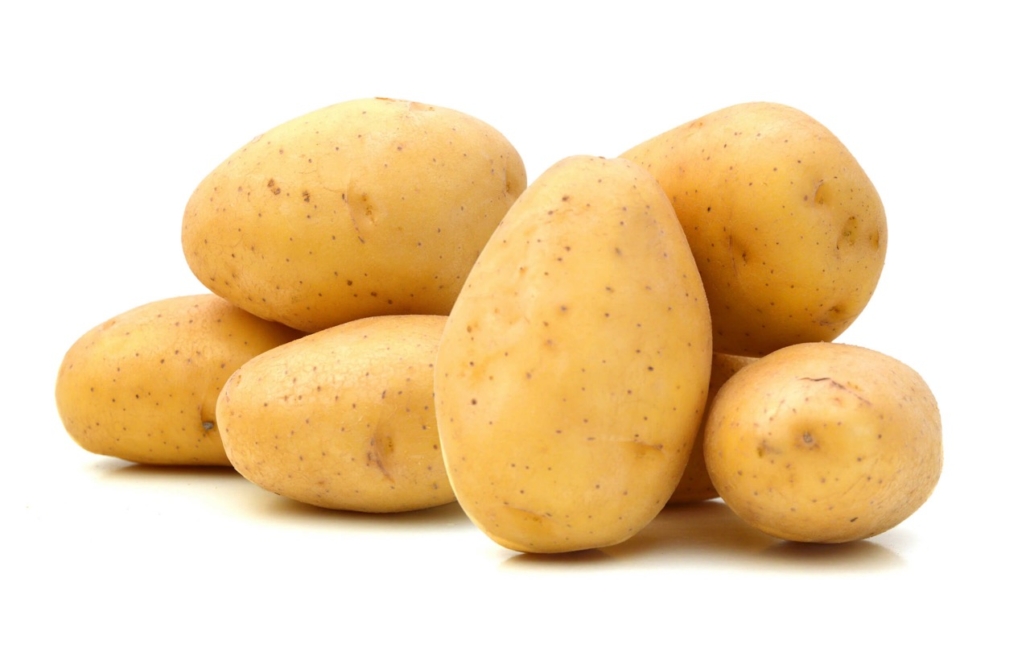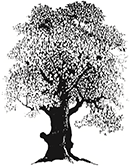MAINE-LY GARDENING: What’s in the Garden? Potatoes!

 by Jude Hsiang
by Jude Hsiang
People have long known that the potato and tomato are related, and both arose in South America. But we might wonder why potatoes produce tubers when other members of the solanaceous or nightshade family – tomatoes, eggplants, peppers, tobacco, and petunias – do not. The word tuber is even found inside the name of three plants in Chile that look very much like modern potatoes and are called etuberosums, yet none of these plants form tubers. Genetic studies have shown that potatoes are more closely related to tomatoes than to the etuberosums.
So how did potatoes, such a basic part of our Maine food culture and a very important crop worldwide, develop? Recently scientists have followed the genetic trail and learned that ancient etuberosums hybridized with tomatoes about nine million years ago. The resulting potatoes inherited a gene from tomatoes that causes underground stems to begin to form tubers, even though tomatoes don’t do that. From the etuberosums, the potatoes inherited a gene that controls the growth of the tubers. Both genes are needed by potatoes to grow the tubers we eat.
Scientists learned that this was happening as the Andes mountains were forming and it seems that having tubers that store nutrients allowed this new kind of plant to adapt to the changing environment. The spuds on our tables turn out to have a more complicated story than we had previously thought.
In more recent times potatoes didn’t make their way from South America to North America by trade among the Indigenous peoples of the New World. Instead, potatoes were introduced to Europe by Spanish explorers. Once there, time passed before Europeans found them to be an acceptable addition to their diet. Eventually, the potato came back to the New World with European settlers, including a fellow named Joseph Houlton who brought a type of potato called the Early Blue to Aroostook County in 1807. The town of Houlton was named for Joseph.
Aroostook County’s soil was just what the potatoes wanted: sandy loam, free draining, fertile, and slightly acidic. For farmers and home gardeners around the world, the potato has been found to adapt to almost any soil.
Maine potatoes became a large part of the state’s economy and continue to have an impact. There’s more to the story of the simple potato – stay tuned for Part 2.
© Judith Chute Hsiang
Jude Hsiang is a retired Extension Master Gardener instructor and member of the China Community Garden.
Responsible journalism is hard work!
It is also expensive!
If you enjoy reading The Town Line and the good news we bring you each week, would you consider a donation to help us continue the work we’re doing?
The Town Line is a 501(c)(3) nonprofit private foundation, and all donations are tax deductible under the Internal Revenue Service code.
To help, please visit our online donation page or mail a check payable to The Town Line, PO Box 89, South China, ME 04358. Your contribution is appreciated!


Leave a Reply
Want to join the discussion?Feel free to contribute!